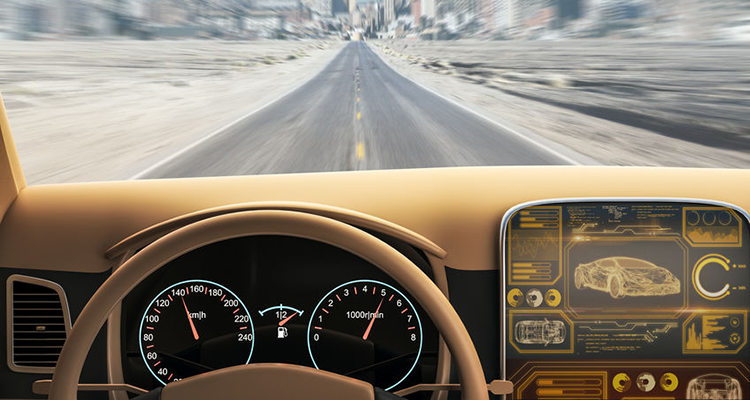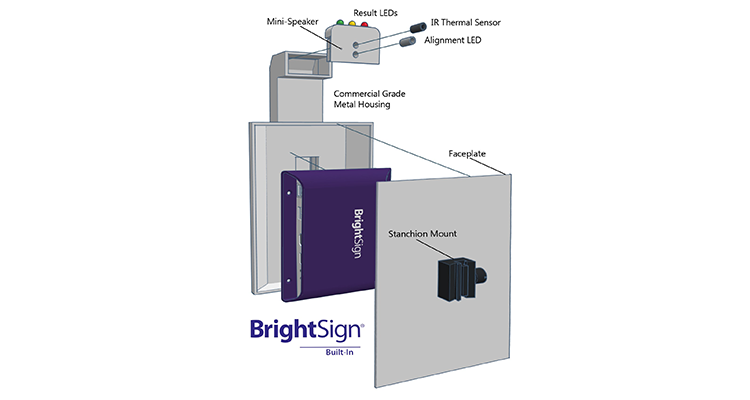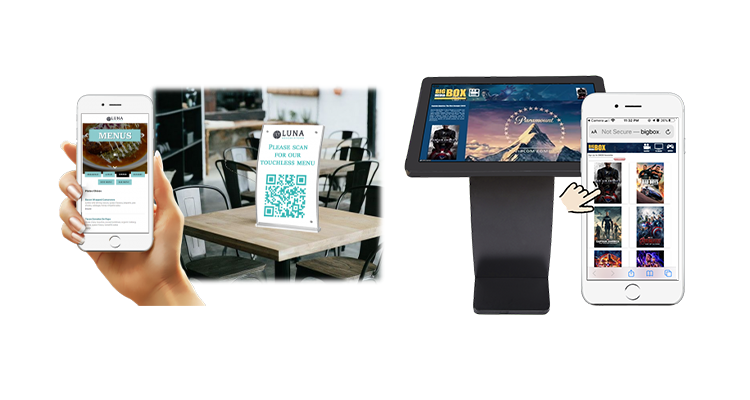The Road Ahead for AV in Self-Driving Cars
 As we turn the page on the 2010s, there’s a great deal of speculation about what this new decade will bring. Of course, nobody really knows what the future holds, but I’ve thought a lot about what’s ahead for the AV industry. One segment I find particularly interesting is the automotive space. At the CES tradeshow in Las Vegas this January, we saw a flurry of various crossover innovations bridging the automotive/CE divide, so it’s clear that future auto innovation will be driven largely by tech. The AV space could benefit significantly from this evolution in a number of ways. Here are some predictions for how AV — and digital signage in particular — may play into the automotive industry in the not-so-distant future.
As we turn the page on the 2010s, there’s a great deal of speculation about what this new decade will bring. Of course, nobody really knows what the future holds, but I’ve thought a lot about what’s ahead for the AV industry. One segment I find particularly interesting is the automotive space. At the CES tradeshow in Las Vegas this January, we saw a flurry of various crossover innovations bridging the automotive/CE divide, so it’s clear that future auto innovation will be driven largely by tech. The AV space could benefit significantly from this evolution in a number of ways. Here are some predictions for how AV — and digital signage in particular — may play into the automotive industry in the not-so-distant future.
To be clear, digital signage is already making inroads in the automotive space. You’ve probably seen various displays mounted on top of (or smaller displays mounted inside) taxis and rideshare vehicles. These solutions are mostly DOOH-oriented and show some real promise. But these solutions are primarily focused on either short-term passengers or bystanders within close proximity of these vehicles.
Taking a longer view is where things really get interesting. It’s clear to see that autonomous vehicles will play an increasingly important role in our automotive future — this presents a huge opportunity for the AV industry. Once vehicles become truly autonomous, traveling by car will become a much more passive experience. And while today we’re grappling with the negative effects of cellphone-related distracted driving, self-driving cars of the future will most likely be using technology for the specific intent of distracting passengers … keeping them entertained as they pass the time.
No doubt the interior of futuristic autonomous vehicles will include multiple screens to display mapping data, fuel/battery levels and other useful information about the vehicle and its journey. But these screens will likely get much more use for entertainment purposes as passengers watch movies, play games, use apps and browse the web. And make no mistake, these screens will be monetized. It’s easy to envision a subsidized entertainment experience whereby free-streaming content is made possible by serving up relevant ads to the viewer.
Given the mobile nature of self-driving cars, location-based advertising could be particularly effective. For example, geofencing would enable restaurants and service/charging stations to target customers in close proximity of those businesses. And because the car’s GPS already knows the destination, it would be easy to serve up ads based not only on present location, but on the destination itself.
These scenarios are based on technology that currently exists. We’re just waiting for the autonomous driving platform to mature and enter the mainstream. And this is no small feat — untold amounts of innovation, testing and regulation have to be overcome before self-driving cars even begin to approach critical mass. But when this happens, I expect our industry to find new and creative ways to address this captive audience.
This column was reprinted with permission from BrightSign.





